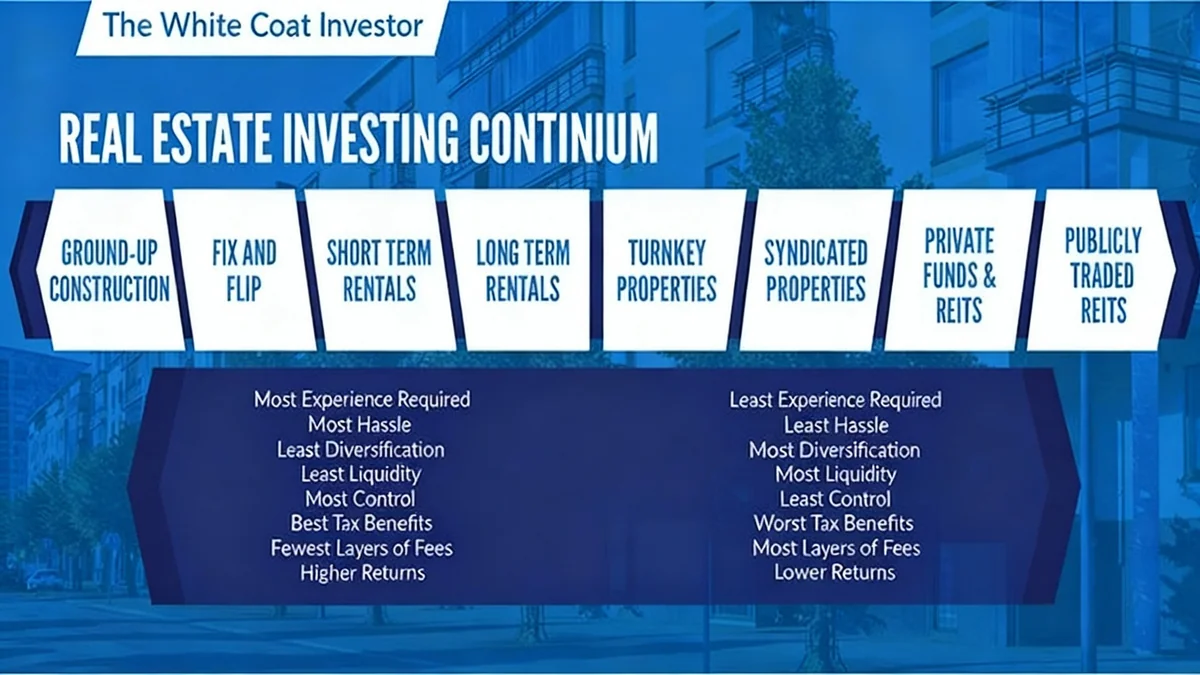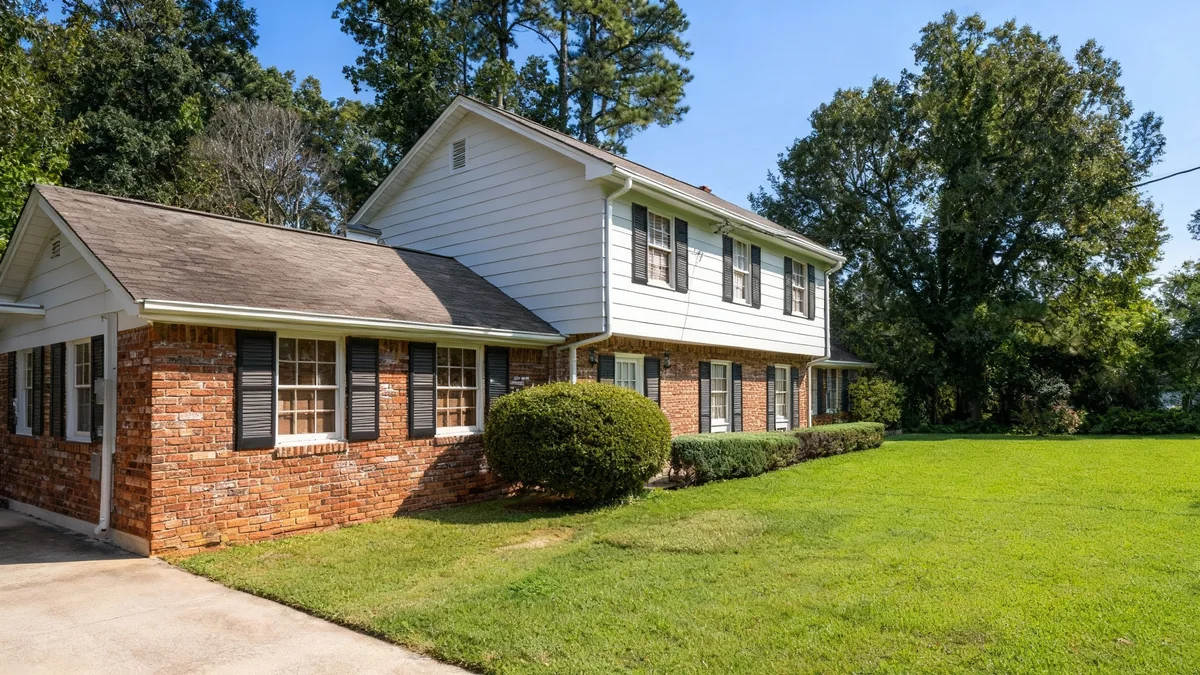Pennsylvania's real estate market demonstrated notable resilience in August, with the median home sales price increasing by 6.4% compared to the same month last year. A new report from the Pennsylvania Association of Realtors (PAR) shows that while prices have climbed, a rise in housing inventory is contributing to a more stable and balanced environment for both buyers and sellers.
The data indicates a market that is adjusting to current economic conditions, characterized by steady sales volume and a significant year-over-year increase in available homes. This combination of factors suggests a shift away from the highly volatile conditions seen in recent years, offering more predictability for those looking to enter the market.
Key Takeaways
- Price Growth: The median home price in Pennsylvania reached $319,250 in August, a 6.4% increase from $300,000 in August of the previous year.
- Increased Inventory: The number of homes listed for sale grew by nearly 7% year-over-year, reaching 41,497 properties.
- Stable Sales: Home sales remained consistent with the previous year, with 11,470 transactions recorded in August.
- Market Stability: Experts note that steady prices and inventory are fostering confidence among both buyers and sellers.
Detailed Look at Pennsylvania's Housing Prices
The latest figures from the Pennsylvania Association of Realtors highlight a continued appreciation in home values across the state. In August, the median sales price for a home was $319,250. This represents a significant increase from the $300,000 median price recorded in August of last year.
Despite the strong year-over-year growth, the market showed signs of short-term stabilization. The median price in August remained largely unchanged when compared to July of this year. This leveling-off suggests that the rapid price acceleration of the past may be tempering, providing a more predictable pricing environment for prospective buyers.
August Housing Market by the Numbers
- Median Sales Price (August): $319,250
- Year-Over-Year Price Change: +6.4%
- Total Homes Sold (August): 11,470
- Total Listings (August): 41,497
Housing Inventory Sees Welcome Increase
One of the most significant developments in the August report was the growth in housing inventory. The number of homes available for sale climbed to 41,497, marking a nearly 7% increase compared to the same time last year. This expansion of supply is a crucial factor in creating a more balanced market, giving buyers more options and potentially reducing the intensity of bidding wars.
However, the data also revealed a minor short-term contraction. From July to August, the total number of listings saw a slight decrease of approximately 2%. While the year-over-year trend is positive for buyers, this monthly dip indicates that inventory levels can still fluctuate based on seasonal and economic factors.
The consistency in home sales further underscores the market's stability. With 11,470 homes sold in August, the sales volume was almost identical to the figures from August of the previous year. This steady demand, met with growing supply, is a hallmark of a healthy and functioning real estate market.
Expert Analysis on Market Confidence and Economic Factors
Industry leaders are interpreting the current data as a positive sign for the state's housing sector. The balance between rising prices and increasing inventory is seen as a source of confidence for consumers.
“With both prices and inventory holding steady, Pennsylvania’s housing market is showing a welcome sense of stability for buyers and sellers alike,” said Bill Lublin, President and CEO of PAR. “When prices and inventory remain stable, it gives buyers and sellers the confidence to make their next move.”
The Influence of Interest Rates on Affordability
Lublin also commented on the broader economic forces at play, particularly the role of the Federal Reserve and its impact on mortgage costs. He emphasized that affordability remains a primary concern for many potential homebuyers.
How Federal Reserve Rates Affect Mortgages
The Federal Reserve does not set mortgage rates directly. However, its decisions on the federal funds rate influence the rates that banks charge each other for short-term loans. This, in turn, affects the interest rates for a wide range of consumer products, including mortgages, making borrowing more or less expensive for homebuyers.
Changes in monetary policy can have a direct and immediate effect on the purchasing power of buyers. Even minor adjustments can alter a monthly mortgage payment significantly, which can determine whether a buyer can afford a particular home.
“When the Federal Reserve adjusts interest rates, it can directly influence mortgage costs. Even small shifts can affect a buyer’s monthly payment, making affordability a key factor in today’s housing decisions,” Lublin explained.
Outlook for the Pennsylvania Real Estate Market
The August data paints a picture of a Pennsylvania housing market that is finding its equilibrium. The 6.4% year-over-year price increase shows that homeownership remains a strong investment, while the nearly 7% rise in inventory provides much-needed relief for buyers who have faced limited choices.
The stability in sales volume suggests that demand remains robust but is no longer outpacing supply in the dramatic way seen during the peak of the pandemic-era market. For buyers, this means more negotiating power and less pressure to make rushed decisions. For sellers, the continued price appreciation ensures they can still achieve a favorable return on their investment.
As the market moves forward, all eyes will remain on interest rate trends and inventory levels. The current stability provides a solid foundation, but future shifts in the economy will continue to shape the opportunities and challenges for homebuyers and sellers throughout the Keystone State.





